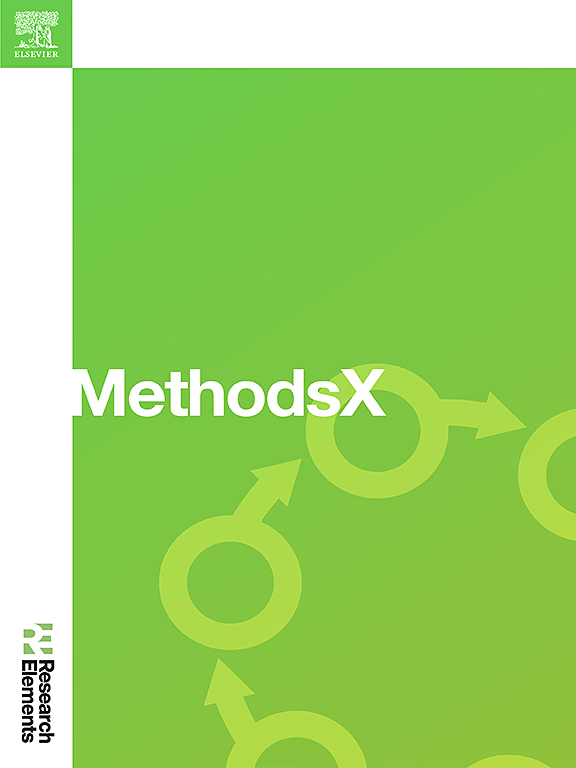Deep recurrent neural network with fractional addax optimization algorithm for influenza virus host prediction
IF 1.6
Q2 MULTIDISCIPLINARY SCIENCES
引用次数: 0
Abstract
The accurate prediction of the host of influenza viruses is a significant challenge in bioinformatics, as it is crucial for understanding viral transmission dynamics and host-virus interactions. This research
- •Introduces a novel approach for predicting the host of influenza viruses by leveraging protein sequences.
- •Extraction of features, including sequence length, Amino Acid Composition (AAC), Dipeptide Composition (DPC), Tripeptide Composition (TPC), aromaticity, secondary structure fraction, and entropy from protein sequence.
- •Addresses the data imbalance and improves model generalization, the oversampling technique is applied for data augmentation.
The prediction model employs a Deep Recurrent Neural Network (DRNN) optimized by Fractional Addax Optimization 34 Algorithm (FAOA), a hybrid of Addax Optimization Algorithm (AOA) and Fractional Concept (FC), designed to perform 35 influenza virus host prediction. The model's performance is evaluated using metrics, such as Matthews's Correlation 36 Coefficient (MCC), F1-Score, and Mean Squared Error (MSE). Experimental results demonstrate that the DRNN_FAOA 37 model significantly outperforms existing methods, achieving the highest MCC of 0.937, F1-Score of 0.917, and the 38 lowest MSE of 0.038. The proposed DRNN_FAOA model's ability to accurately predict influenza virus hosts suggests its 39 potential as a robust model in virus-host prediction.

基于分数阶addax优化算法的深度递归神经网络流感病毒宿主预测
流感病毒宿主的准确预测是生物信息学领域的一项重大挑战,因为它对于理解病毒传播动力学和宿主-病毒相互作用至关重要。本研究引入了一种利用蛋白质序列预测流感病毒宿主的新方法。•从蛋白质序列中提取特征,包括序列长度、氨基酸组成(AAC)、二肽组成(DPC)、三肽组成(TPC)、芳香性、二级结构分数和熵。•解决数据不平衡问题,提高模型泛化能力,采用过采样技术进行数据增强。该预测模型采用分数阶Addax优化算法(FAOA)优化的深度递归神经网络(DRNN),该算法混合了Addax优化算法(AOA)和分数阶概念(FC),旨在进行35种流感病毒宿主预测。模型的性能使用指标进行评估,如马修斯相关系数(MCC)、F1-Score和均方误差(MSE)。实验结果表明,DRNN_FAOA 37模型显著优于现有方法,最高MCC为0.937,F1-Score为0.917,最低MSE为0.038。所提出的DRNN_FAOA模型能够准确预测流感病毒宿主,这表明它有潜力成为病毒-宿主预测的稳健模型。
本文章由计算机程序翻译,如有差异,请以英文原文为准。
求助全文
约1分钟内获得全文
求助全文
来源期刊

MethodsX
Health Professions-Medical Laboratory Technology
CiteScore
3.60
自引率
5.30%
发文量
314
审稿时长
7 weeks
期刊介绍:
 求助内容:
求助内容: 应助结果提醒方式:
应助结果提醒方式:


